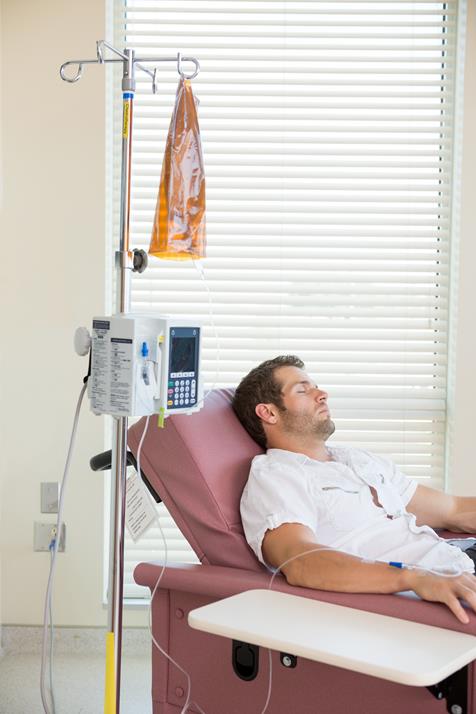
This week we are raising awareness of stem cell transplants.
Stem cell transplants are most commonly used in the treatment of cancers and blood disorders including leukaemia, lymphoma, myeloma, and sickle cell disease.
Intensive chemotherapy is sometimes used in the treatment of cancer as it kills cancer cells. However, chemotherapy also kills bone marrow which is responsible for producing blood cells and maintaining the immune system. A stem cell transplant after chemotherapy helps to rebuild the immune system; however it is not without risks, primarily leaving the patient vulnerable to infection as their immune system becomes compromised. Intensive chemotherapy is only considered as a treatment option when the benefits of the treatment outweigh the risks, something which the treating physician will discuss at the right time with the patient.
There are different kinds of stem cell transplants, different sources of stem cells and tests which need to be performed to ascertain if the stem cells available are suitable to be transplanted to the patient (HLA matching).
There are three sources of stem cells currently used for transplant, these are:
- Bone Marrow – Bone marrow is found inside the bones, it is usually extracted from the hip ready for transplant.
- Peripheral Blood – Drugs are given to the donor (or patient) and stem cells are released into the blood stream which are harvested and processed ready for transplant later.
- Cord Blood – After the birth of a baby and after the cord has been cut, the remaining cord and placenta are taken away where the blood from the cord, which is naturally rich in stem cells, is procured.
There are three different types of stem cell transplant:
- Autologous – These transplants use the patient’s own stem cells which have been stored prior to treatment. They could be sourced from bone marrow, peripheral blood or umbilical cord blood. The chance of these stem cells being rejected is minimal as the body recognises these cells as its own.
- Allogeneic – These transplants use stem cells from a donor. The donor may be a family member or could even be a stranger who was found to be a match through a stem cell registry. HLA matching reduces the chances of these stem cells being rejected by the patient’s body.
- Syngeneic – These types of transplants are incredibly rare. A syngeneic transplant uses stem cells from a donor; the donor and patient are siblings who are identical twins or triplets. Due to the genetic make-up of identical siblings, the chances of rejection are greatly reduced than that of a regular donor and the patient’s body should accept these stem cells willingly.
HLA matching is used when a patient requires stem cells from a donor; the matching process is to reduce the chances of the patient suffering post-transplant complications such as rejection of the donor stem cells. When looking for a suitable match between donor and patient, doctors look at the 6 major human leukocyte antigen (HLA) proteins to try and find a match. While a perfect match is ideal, in some cases a match of 5 out of 6 may be acceptable for stem cells from bone marrow and peripheral blood and 4 out of 6 for cord blood. Because cord blood requires a minimum match of 4 out of 6 the HLA proteins, cord blood can be more easily matched between donors and patients.
Racial and ethnic heritage also plays an important role in transplant medicine; you are more likely to find a stem cell match with someone who shares your racial heritage. Mixed heritage and minority backgrounds are underserved in stem cell registries, making it more difficult for people in these communities to find a stem cell match. An increase in cord blood banking and people joining the stem cell register from these communities could help those in need access transplant medicine.
A stem cell match is most likely to be found within the family, cord blood banking could be a particularly astute choice for families from minority backgrounds or with mixed heritage.







